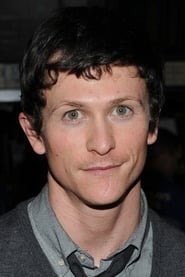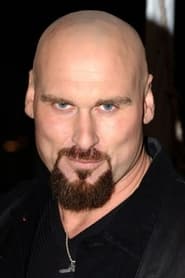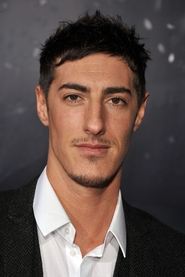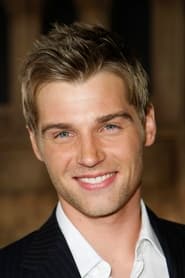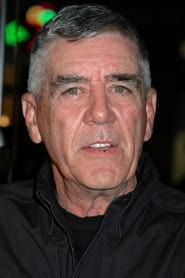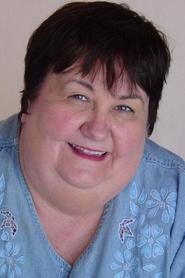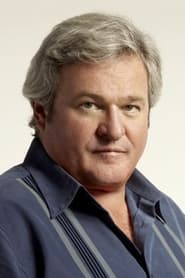Cast
View AllJessica Biel
as Erin Hardesty
Jonathan Tucker
as Morgan
Andrew Bryniarski
as Thomas Hewitt / Leatherface
Erica Leerhsen
as Pepper
Eric Balfour
as Kemper
Mike Vogel
as Andy
R. Lee Ermey
as Sheriff Hoyt
David Dorfman
as Jedidiah
Lauren German
as The Hitchhiker
Heather Kafka
as Henrietta
Terrence Evans
as Monty Hewitt
Marietta Marich
as Luda Mae Hewitt
John Larroquette
as Narrator (voice)
Kathy Lamkin
as Tea Lady in Trailer
Brad Leland
as Big Rig Bob
Crew
Director
- Marcus Nispel
Producer
- Michael Bay
- Mike Fleiss
Reviews
Charles Tatum
Producer Michael Bay steered this remake of the infamous 1970's horror flick, without bringing in anything new. When I first saw the trailer for this version of the story, I thought it looked a lot like a hurried sequel to the contemporary silly release "Wrong Turn." Five youths on their way to a Lynyrd Skynyrd concert pick up a young hitchhiker who commits suicide in the back of their van. Looking for help, and a little common sense, they stumble upon a weird family and their chainsaw wielding offspring. Much violence and such ensues.
While the first TCM was not perfect, I eventually learned to love the shaky camera, lousy sound, and cheap look. One reason that film worked for me was the fact that much of the horror took place in blinding daylight, the cast was hot and uncomfortable, and it showed. In this version, even with the original's director of photography, most of the shots are too calculated. The horrors in the dark are not all that horrifying. This might be the rantings of a jaded horror film fan, but I never got the same feeling of unease as I did in the first film. Much of the original's story has been changed as film makers tried to keep the audience guessing by not doing a shot by shot remake, like Gus Van Sant's "Psycho." The absolute lunacy of the first film's family was strange enough, here the members are more dimwitted than scary. This lessens the impact of Leatherface's scenes. You know he is the worst it can get, you don't have an equally sick family to fall back on. One disappointing scene involves the heroine Erin (Jessica Biel) running to a trailer and meeting two women who will obviously not help her. Instead of being a tense moment, where mind games involving drinking a seemingly harmless cup of tea could be played out, the women are there for nothing more than exposition, blaming Leatherface's penchant to kill on being teased when he was younger for a degenerative skin disease. The five victims all meld together, Nispel's direction is okay, but the cinematography is too nice for this type of horror film. The black and white scratchy scenes recall TV's "Millennium" or "The Blair Witch Project." If I would compare "The Texas Chainsaw Massacre" to anything, it would be the terrible sequels that came out after the original "The Texas Chainsaw Massacre" to that point. Just one was watchable, "Leatherface," but with the exception of Part 2, they were all simply remakes of the original film. Most direct to video sequels do that now, and while this film tries to be something different, it is simply a remake that cannot match the original. As Leatherface and the clan enter a new millennium, their wrinkles were showing.
Sep 30, 2023
Thematic Analysis
This Horror film explores themes of fear and survival, delving into the psychological aspects of human nature when confronted with the unknown. The Texas Chainsaw Massacre presents a unique perspective on the horror genre by focusing on the psychological terror rather than relying on typical jump scares.
Director Marcus Nispel brings their distinctive visual style to this film, continuing their exploration of themes seen in their previous works while adding new elements. Their approach to pacing and visual storytelling creates a viewing experience that rewards close attention.
Released in 2003, the film exists within a cultural context that continues to evolve with our understanding of its themes. Its reception demonstrates the diverse reactions to its artistic choices and its place in cinema history.
Did You Know?
- The production of The Texas Chainsaw Massacre took approximately 29 months from pre-production to final cut.
- With a budget of $9.5 million, the film proved to be a financial success, earning back its investment and more.
- The final cut of the film runs for 98 minutes, though the director's initial assembly was reportedly 126 minutes long.
- The cast underwent specialized training for 4 weeks before filming began.
- The musical score contains over 63 unique compositions.
- Several scenes were filmed in multiple locations to capture the perfect setting.
Historical Context
- In 2003, when this film is released:
- The September 11 attacks changed global security and politics.
- Environmental concerns were becoming more mainstream.
- Digital filmmaking technologies were transforming production processes and creating new opportunities.
How This Film Stands Out
While The Texas Chainsaw Massacre shares thematic elements with other films in its genre, it distinguishes itself through its unique approach to storytelling, visual style, and character development.
Unlike Red Dragon, which takes a more conventional approach to its subject matter, The Texas Chainsaw Massacre subverts genre expectations by exploring its themes with greater nuance.
While films like Scanners and Martyrs explore similar territory, The Texas Chainsaw Massacre stands apart through its deeper exploration of its central themes and more complex characterization.
This film's unique contribution to cinema lies in its thoughtful balance of entertainment value and thematic depth, making it a valuable addition to its genre.
Details
- Release Date: May 21, 2003
- Runtime: 1h 38m
- Budget: $9,500,000
- Revenue: $107,967,319




